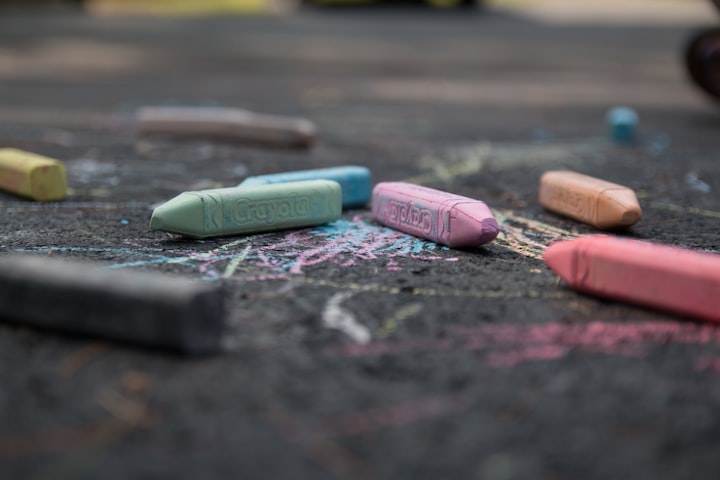SLEEP IN 2 MINUTES MILITARY TECHNIQUE
. The Science Behind the Technique

SLEEP IN 2 MINUTES MILITARY TECHNIQUE
I. Introduction
Military technique to fall asleep quickly
Importance of sleep for soldiers
The military sleep method has been going viral on social media because it promises to help you fall asleep in under two minutes.
The development of the method is credited to Bud Winter, an Olympic sprint coach who also studied sports psychology. In his book, “Relax and Win: Championship Performance,” Winter reportedly describes a technique he developed for the United States Navy Pre-Flight School, to help pilots fall asleep instantly when they need to rest, despite loud, stressful, or dangerous circumstances.
Read on if you’re curious about the military sleep method and whether it can help you. We tapped a sleep expert to understand how the method works.
II. The Military Technique
Step-by-step guide to falling asleep
Calming the body and relaxing each part
Focusing on breathing
Clearing the mind of stress
Visualization techniques
III. The Science Behind the Technique
Explanation of how the technique works
Relating it to reflexes and focus
Benefits of practicing the technique
IV. Practicing the Technique
Tips for incorporating the technique into nightly routine
Duration and consistency for optimal results
V. Personal Experience and Interest
Author's interest in the technique
Invitation to readers to try it out
VI. Conclusion
Recap of the technique and its effectiveness
Encouragement for readers to give it a try
There's Actually a Military Proven Technique to Fall Asleep in Exactly Two Minutes
Sleep is an essential part of our lives. It rejuvenates our bodies and minds, allowing us to perform at our best during the day. But what if falling asleep quickly could be a skill we could learn? Well, there's an astonishing military technique that claims to do just that. Developed to help soldiers fall asleep anytime and anywhere, even in the most challenging environments, this technique has gained attention for its effectiveness. In this article, we'll explore this mind-blowing technique and learn how you can incorporate it into your routine. So, let's dive in!
The Military Technique: Fall Asleep in Two Minutes
Imagine being able to fall asleep within two minutes of closing your eyes. It may sound like a dream, but for soldiers trained in this technique, it's a reality. The military developed this method to ensure soldiers can achieve much-needed sleep, even in uncomfortable and noisy surroundings like the battlefield.
To practice this technique, you need to systematically calm your body and relax each part, starting from your head to your toes. Let's break it down step by step:
Step 1: Calming Your Body
Begin by focusing on your forehead. Feel the tension in your forehead muscles and consciously relax them. Move on to your eyes, cheeks, and jaw, releasing any tension you may be holding. As you do this, pay attention to your breathing, allowing it to become slow and steady.
Step 2: Relaxing Your Neck and Shoulders
Shift your focus to your neck and shoulders. Ensure they are not tensed up and let them drop as low as possible. Keep your arms loose, resting them by your sides, and allow your hands and fingers to relax completely. Visualize a warm sensation traveling from your head all the way down to your fingertips, promoting a sense of relaxation.
Step 3: Deep Breathing and Relaxing Your Chest, Stomach, Thighs, Knees, Legs, and Feet
Take a deep breath, filling your lungs, and slowly exhale. Feel the tension leaving your body as you relax your chest and stomach. Continue this relaxation technique, moving down to your thighs, knees, legs, and feet. Imagine the warm sensation flowing from your heart to your toes, further promoting a state of calmness.
Step 4: Clearing Your Mind
As you focus on relaxing your body, it's essential to clear your mind of any stresses or racing thoughts. The military technique suggests two scenarios to help you achieve this:
Imagine yourself lying in a canoe on a calm lake, with nothing but a clear blue sky above you. Visualize the peacefulness of the environment and the tranquility it brings.
Alternatively, imagine yourself lying in a black velvet hammock in a pitch-black room. Embrace the darknessand the feeling of being enveloped in a soothing, cocoon-like space.
Whenever you find your mind drifting or getting distracted, repeat the words "don't think" for about 10 seconds. This simple mantra helps redirect your thoughts and brings your focus back to the present moment, allowing you to let go of any lingering mental clutter.
The Science Behind the Technique
Now, you may be wondering, how does this military technique actually work? The key lies in the combination of physical relaxation and mental clarity. By systematically relaxing each part of your body, you signal to your brain that it's time to unwind and prepare for sleep. This process helps to reduce muscle tension and release any pent-up stress, making it easier for your body to enter a state of relaxation.
Additionally, the visualization exercises play a crucial role in clearing your mind and shifting your focus away from worries or intrusive thoughts. The serene scenarios of the calm lake and pitch-black room create a mental oasis, allowing your mind to find peace and tranquility. This, in turn, promotes a sense of calmness and prepares you for a restful sleep.
From a scientific perspective, practicing this technique consistently can help regulate your autonomic nervous system, promoting a balanced state between the sympathetic (fight-or-flight) and parasympathetic (rest-and-digest) systems. This balance is essential for achieving deep and rejuvenating sleep.
Practicing the Technique
If you're intrigued by this military technique and want to try it out for yourself, here are some tips to help you incorporate it into your nightly routine:
Create a Relaxing Environment: Ensure your bedroom is conducive to sleep by keeping it cool, dark, and quiet. Remove any distractions, such as electronic devices, and consider using earplugs or a white noise machine to mask outside noise.
Establish a Bedtime Routine: Develop a consistent pre-sleep routine that includes practicing the military technique. This routine signals to your body that it's time to wind down and prepares you for a restful night's sleep.
Be Patient and Consistent: Like any new skill, mastering the military technique takes time and practice. Commit to practicing it every night for at least six weeks to allow your body and mind to adapt and reap the benefits fully.
Adapt the Technique to Your Preferences: While the military technique provides a structured approach, feel free to modify it to suit your needs. Experiment with different relaxation techniques or visualization scenarios until you find what works best for you.
Remember, consistency is key. The more you practice the technique, the more ingrained it becomes in your sleep routine, increasing your chances of falling asleep quickly.
Personal Experience and Interest
As a content writer, I find the military technique to be a fascinating concept. Its origins in the military and its practical application for achieving better sleep capture my interest. While I didn't invent this technique, I'm certainly intrigued by its potential benefits.
Now that you're aware of this incredible method, I invite you to give it a try and share your experience. Imagine being able to fall asleep within two minutes of closing your eyes, regardless of the external factors or your daily stressors. It's an exciting prospect, and I'd love to hear if you're on board to join me in exploring the world of better sleep.
Conclusion
Sleep is a vital aspect of our overall well-being, and the military technique offers an intriguing solution for falling asleep quickly. By systematically relaxing your body, clearing your mind, and practicing visualization, you can pave the way for a restful night's sleep. The technique's effectiveness is backed by its military origins and the experiences of those who have mastered it.





Comments
There are no comments for this story
Be the first to respond and start the conversation.